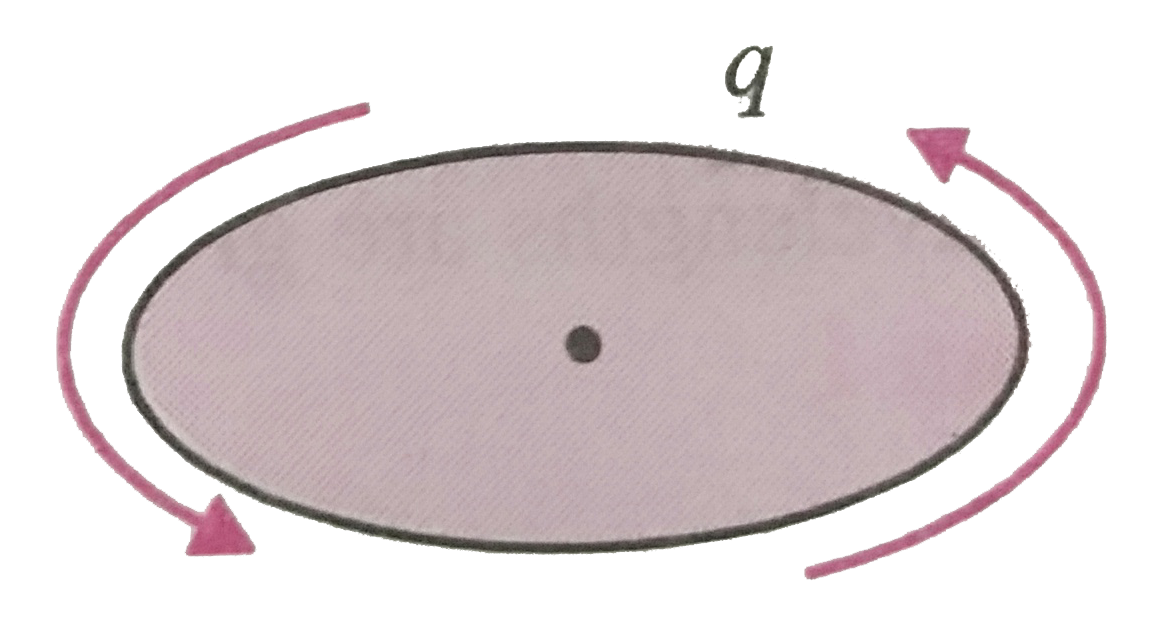How can one create plane waves and slpherical waves?
To create plane waves and spherical waves, we can follow these steps:
1. Creating Spherical Waves:
- Use a Point Source: Spherical waves can be generated using a point source. A point source is an idealized source of waves that emits energy uniformly in all directions.
- Wave Emission: When the point source emits waves, they propagate outward in spherical shapes. The wavefronts are concentric spheres centered around the point source.
2. Visual Representation:
- Illustration of Spherical Waves: Imagine a small light bulb (the point source) in a dark room. The light spreads out in all directions, creating spherical wavefronts as it moves away from the bulb.
3. Creating Plane Waves:
- Use a Source at a Large Distance: Plane waves can be created by placing a wave source at a significant distance from the observation point.
- Wavefronts at Large Distances: At large distances, the curvature of the wavefronts becomes negligible, and they appear flat or planar. This is because the wavefronts are so far apart that they can be approximated as straight lines.
4. Visual Representation:
- Illustration of Plane Waves: If you consider a large speaker emitting sound waves, at a distance, the sound waves will appear to be planar, as the wavefronts are nearly parallel.
Summary:
- Spherical Waves: Created by a point source emitting waves in all directions.
- Plane Waves: Created by a source placed at a large distance, where the wavefronts appear flat.
---
- Use a Point Source: Spherical waves can be generated using a point source. A point source is an idealized source of waves that emits energy uniformly in all directions.
- Wave Emission: When the point source emits waves, they propagate outward in spherical shapes. The wavefronts are concentric spheres centered around the point source.
- Illustration of Spherical Waves: Imagine a small light bulb (the point source) in a dark room. The light spreads out in all directions, creating spherical wavefronts as it moves away from the bulb.
- Use a Source at a Large Distance: Plane waves can be created by placing a wave source at a significant distance from the observation point.
- Wavefronts at Large Distances: At large distances, the curvature of the wavefronts becomes negligible, and they appear flat or planar. This is because the wavefronts are so far apart that they can be approximated as straight lines.
- Illustration of Plane Waves: If you consider a large speaker emitting sound waves, at a distance, the sound waves will appear to be planar, as the wavefronts are nearly parallel.
- Spherical Waves: Created by a point source emitting waves in all directions.
- Plane Waves: Created by a source placed at a large distance, where the wavefronts appear flat.
Topper's Solved these Questions
- TRAVELLING WAVESBOOK - CENGAGE PHYSICS ENGLISHCHAPTER - TRAVELLING WAVESEXERCISE - Exercise 5.2
23 Videos
- TRAVELLING WAVESBOOK - CENGAGE PHYSICS ENGLISHCHAPTER - TRAVELLING WAVESEXERCISE - Subjective
16 Videos
- TRAVELLING WAVESBOOK - CENGAGE PHYSICS ENGLISHCHAPTER - TRAVELLING WAVESEXERCISE - Example
9 Videos
- TRANSMISSION OF HEATBOOK - CENGAGE PHYSICS ENGLISHCHAPTER - TRANSMISSION OF HEATEXERCISE - Single correct
9 Videos
- VECTORSBOOK - CENGAGE PHYSICS ENGLISHCHAPTER - VECTORSEXERCISE - Exercise Multiple Correct
5 Videos
Similar Questions
A : The geometrical shape of the wave front when a wavefront passes through a convex lens will be again plane wave front
R : Whne a plane wave front is reflected by a concave mirror, it remains as plane wavefront.
View SolutionAssertion: A charge moving in a circular orbit can produce em wave.

Reason: The source of em wave should be in accelerted motion.
View Solution
Knowledge Check
Transverse waves can propagate
Aboth in a gas and a metalBin a gas but not in a metalCnot in a gas but in a metalDneither in a gas nor in a metalWhich one of the following is the property of a monochromatic, plane electromagnetic wave in free space?
AElectric and magnetic fields have a phase difference of π/2BThe energy contribution of both electric and magnetic fields are equalCThe direction of propagation is in the direction of →B×→EDThe pressure exerted by the wave is the product of its speed energy densityDuring propagation of a plane progressive mechanical wave,
AAll the particles are vibrating in the same phase.BAmplitude of all the particles is equal.CParticles of the medium executes SHMDWave velocity depends upon the nature of the medium.
(A ): The light can travel in vacuum but sound cannot do so (R) : Light is an electromagnetic wave and sound is a mechanical wave
View SolutionDuring propagation of a plane progressive mechanical wave,
View SolutionHow would you create a longitudinal wave in a streatched spring? Would it be possible to create a transverse wave in a spring?
View SolutionStanding waves can be produced
View SolutionStanding waves can be produced
View Solution
